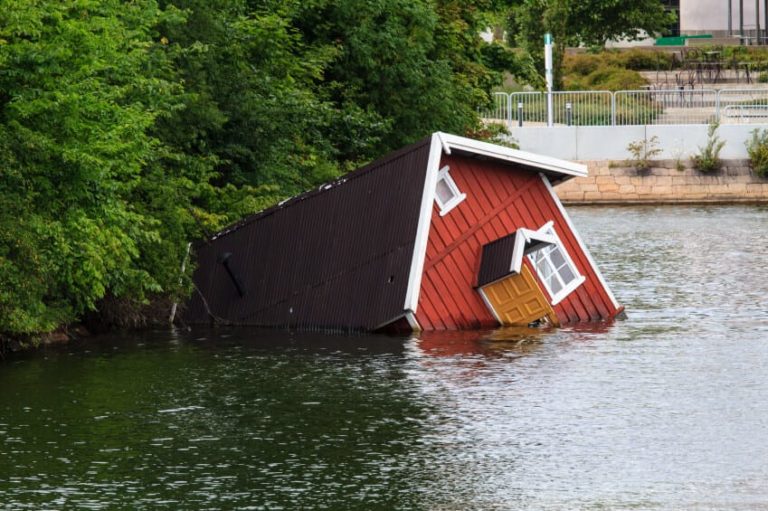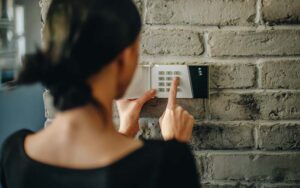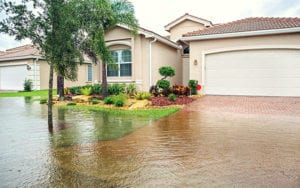How Can I Prevent My Home from Flooding?
SafeWise is an independent review site. We may earn money when you click links on our site. Learn how we rank and review.
Every home has some level of risk for flooding. According to the Federal Emergency Management Agency (FEMA), all 50 states have experienced some amount of flooding in the past five years. However, flash floods and natural disasters aren’t the only things that can cause a home to flood.
Leaky pipes, a broken water main, appliance malfunctions, and other unexpected household problems can also lead to flooding.
But there are things you can do to lower your risk and minimize damage if your home floods. These eight steps will help you keep the water out and protect your valuables.
By signing up, you agree to our Terms and Conditions and Privacy Policy.
1. Repair leaks immediately
Leaky pipes and roofs let water into your home and can cause significant damage. Watch for wet spots on the ceiling and pooling water in the basement. Examine pipes regularly, looking for problems like rust, visible drops of water, and buckling. If you find a leak, fix it as soon as possible.
2. Keep gutters clean
Clogged rain gutters and downspouts can cause water to pool and back up around your foundation. Make rain gutter maintenance part of your spring and fall routines.
Remove leaves from gutters and add leaf guards to keep debris from building up. For extra protection from pooled water, add downspout extenders that can direct water up to 10 feet away from your house.
3. Cover window wells
Basement window wells often trap rain and groundwater. Even if you have newer windows, the extra protection offered by window well covers is worth it. Installing them is fairly inexpensive and simple to do and, if you choose covers made of clear acrylic, your basement will still get plenty of light.
4. Check the grade
Make sure water moves away from your house, rather than directly to it. The soil surrounding your home should angle away from the foundation and toward the yard. Check the grade of your surrounding soil and add soil as needed to achieve a slope of at least one-quarter inch per foot.

5. Fill in the cracks
Foundation cracks let water in, which can lead to flooding and weaken the structure of your home. A small amount of cracking is normal for foundations, but repairing these cracks can help prevent major problems down the line.
If you spot a small crack, use a concrete patching paste to fill it in. If you’re concerned about bigger problems, bring in an expert to evaluate any damage and recommend a solution.
6. Mind trees
Trees with aggressive root systems can wreak havoc on your foundation, which makes your home vulnerable to flooding. Plant troublesome trees like maples, aspens, and white fir trees 10 to 20 feet from your home. If you already have a tree that is too close, look at getting it removed to help avoid future problems.
7. Raise it up
Sometimes, despite all precautions, water still gets in homes. In the event this does happen, you want to have your appliances and electronics out of harm’s way. You can do this by simply keeping them raised off the floor by at least a few inches.
Some washers and dryers come with pedestals that keep them off the floor, but you can also purchase the pedestals separately. If you’re handy, you can build a platform for appliances you want to keep dry in the event of flooding.
8. Waterproof valuables
In addition to keeping valuables in locked containers, it’s smart to waterproof them as well. Items like passports and birth certificates should be placed in waterproof cases while stored.
Ziploc-style bags may seem like a good idea, but important documents will keep better in containers specifically designed to withstand flooding.
Compare the best home security systems
Info current as of 08/19/2021. Offers and availability may vary by location and are subject to change.
Full ADT disclaimer
Recent Articles




Article source here: How Can I Prevent My Home from Flooding?


No comments:
Post a Comment